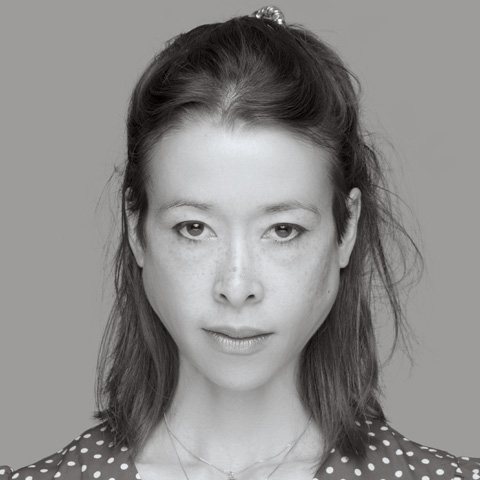
to top

交流項目
何小蘭博士將於北京清華大學藝術博物館進行為期十二個月的交流計劃,以其對館藏逾三百件明清及現當代書法作品的研究作基礎,為該館策劃書法特展,首次將該館完整書法收藏公開展出。
簡歷
何小蘭博士現任德國科隆東亞藝術博物館館長。她於柏林自由大學獲東亞藝術史博士學位後,曾任該校藝術史研究所助理教授,其研究領域包括中國書法及水墨藝術,側重於帝制晚期、現代及當代作品,以及跨文化交流相關議題。她的博士論文關注清末民國藝術家及理論家黃賓虹(1865-1955)及其後代的書法藝術,博士論文寫作期間獲國家留學基金委員會與德意志學術交流中心一年期獎學金支持,於杭州中國美術學院中國現代書法研究中心進行短期研究。
近期發展和參與項目
2023年7月1日,何小蘭博士就任德國科隆東亞藝術博物館(Museum für Ostasiatische Kunst Köln)館長。
精選出版
專題:
專著:
出版論文:
期刊:
展覽目錄: